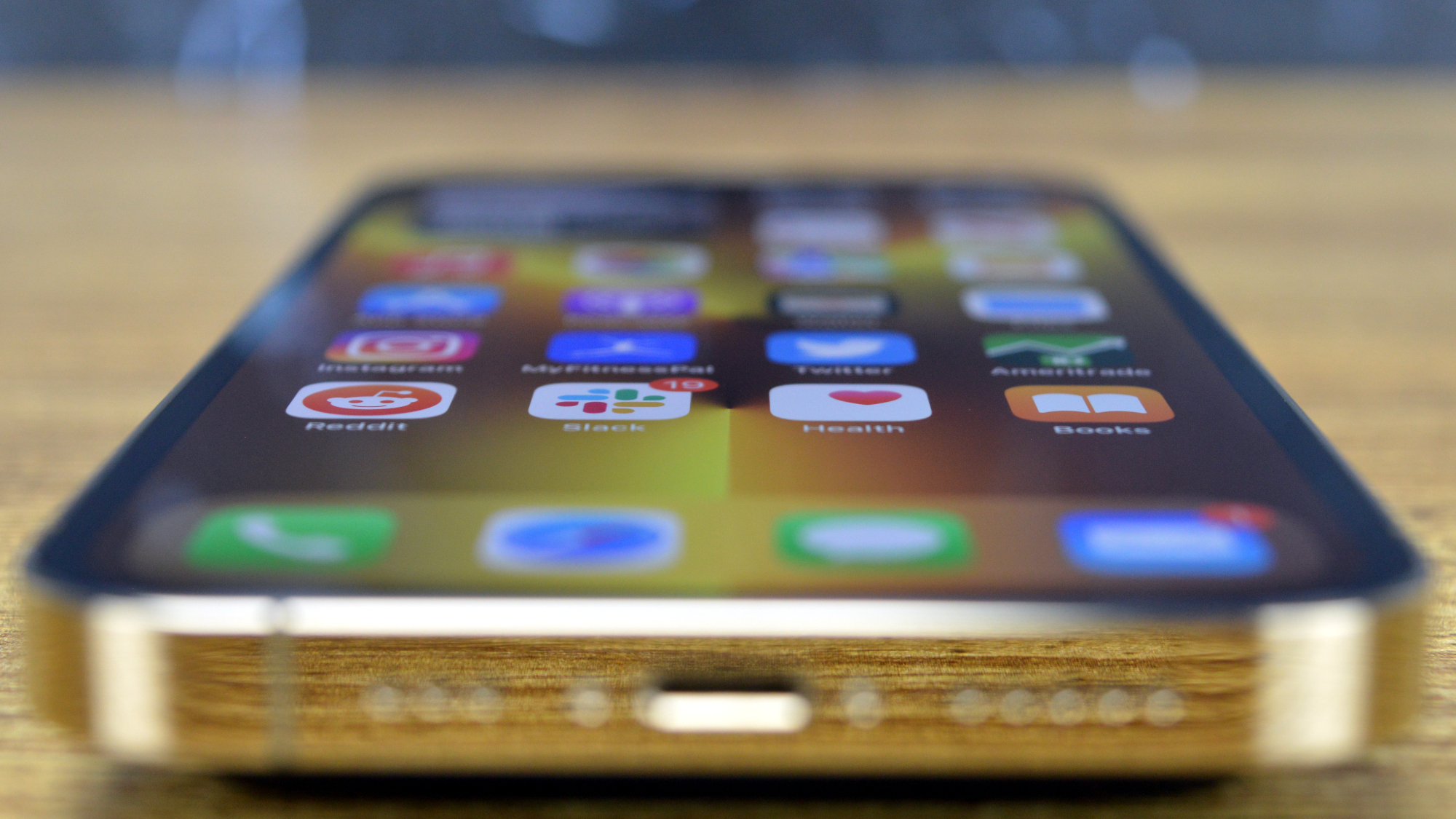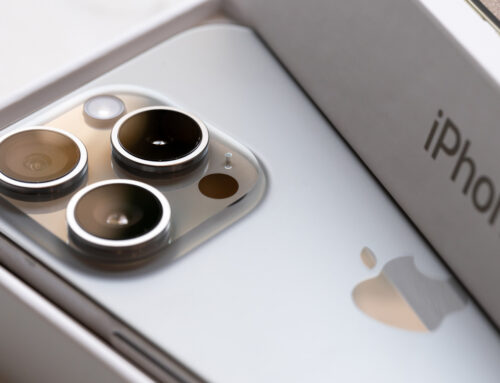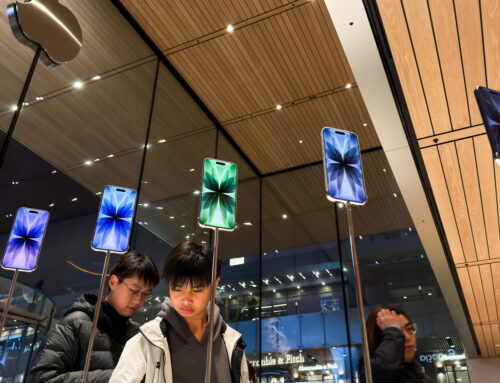The resurgence of COVID-19 prompted another wave of restrictions in China this spring, which impacted manufacturing. Suppliers had to deal with lockdowns in various regions, including companies producing parts for Apple products. This led to speculation that the iPhone 14 series might see launch delays as Apple would be dealing with prolonged supply and manufacturing issues.
More recent reports indicated that Apple should unveil the iPhone 14 models on time this September, singling out the iPhone 14 Plus as the one product that might face issues. Ming-Chi Kuo has previously dispelled the notion of iPhone 14 launch delays, and he’s back with new observations about the supply chain. According to Kuo, Apple already has plans in place to prevent issues involving key iPhone 14 components.
Apple traditionally starts iPhone manufacturing a few months before the September launch event. That way, the company ensures that it can meet launch demand, which tends to be high every year. The new models typically hit stores 10 days after the press conference.
With the iPhone 14 series, Apple still looks to ship between 90 million and 100 million units this year. And recent reports hinted that Apple shouldn’t experience any significant delays when it comes to preorder and release dates.
Even Kuo said in the past that Apple can still make up for the iPhone 14 development delays. The analyst posted a new thread on Twitter where he mentioned the parts that Apple might be struggling to manufacture for the iPhone 14.
(2/3)
1. LPDDR5:
Samsung is almost the sole supplier for 3Q22 and can meet iPhone 14 Pro production ramp-up demand. Micron & SK Hynix will likely ship in 4Q22 at the earliest because the former’s certification schedule started later, and the latter encountered quality issues.— 郭明錤 (Ming-Chi Kuo) (@mingchikuo) July 19, 2022
iPhone 14 parts supply issues
Kuo lists the faster LPDDR5 RAM that will equip the iPhone 14 Pro and iPhone 14 Pro Max as a potential issue. Furthermore, the OLED panels that Apple will use for the entire iPhone 14 series might face supply shortages.
But Kuo’s sources indicated that the supply issues might have a limited impact on the iPhone 14 series. That’s because Apple has measures in place to deal with the shortages.
Samsung will manufacture most of the LPDDR5 RAM modules the iPhone 14 Pros need in the third quarter of 2022. Micron and SK Hynix will join in the fourth quarter. The former experienced certification schedule delays, while the latter dealt with quality issues.
Samsung is also one of the big winners for the OLED screens that go into the iPhone 14 model. The Korean giant will fill the gap that LG Display supply issues caused. Chinese display maker BOE will also receive additional orders to compensate for the missing LG panels. LG should fix the supply issues soon.
(3/3)
2. Panel:
Samsung and BOE can largely fill the initial supply gap caused by LG Display’s panel appearance issues (iPhone 14 Max and iPhone 14, mainly the former). It’s expected that LG Display should not take much time to address the issue.— 郭明錤 (Ming-Chi Kuo) (@mingchikuo) July 19, 2022
When will Apple launch the new iPhone?
During the spring lockdowns in China, we told you that Apple would probably warn customers and investors if supply issues delay the iPhone 14 launch. Apple would do it in late July, during the June 2022 earnings report. That’s how the company reacted to the early pandemic lockdowns in 2020.
It now appears there’s no reason to worry about Apple not making its mid-September iPhone 14 launch or the late September release date. But we’ll still wait and see what Apple has to say about the iPhone 14 supply issues in the coming days.
As for the actual iPhone 14 launch event, September 13th looks like the most likely date for Apple’s iPhone event this year. It’s a date that makes sense, given Apple’s iPhone launch schedule pattern. And one that keeps appearing in reports.
Of the four iPhone 14 models coming this year, the iPhone 14 Plus has been mentioned in reports detailing development delays. The more affordable 6.7-inch model is actually a brand new device.
Apple needs specific components for it, including a 6.7-inch OLED panel that only supports a 60Hz refresh rate. The phone’s case will also be slightly different than the iPhone 14 Pro Max, as it’ll feature a dual-lens camera like the iPhone 14.
Apple could always unveil all four devices during the same event but go for a staggered release. We saw the same thing happen with the iPhone X, iPhone XR, and the iPhone 12 series.
More iPhone coverage: For more iPhone news, visit our iPhone 14 guide.







